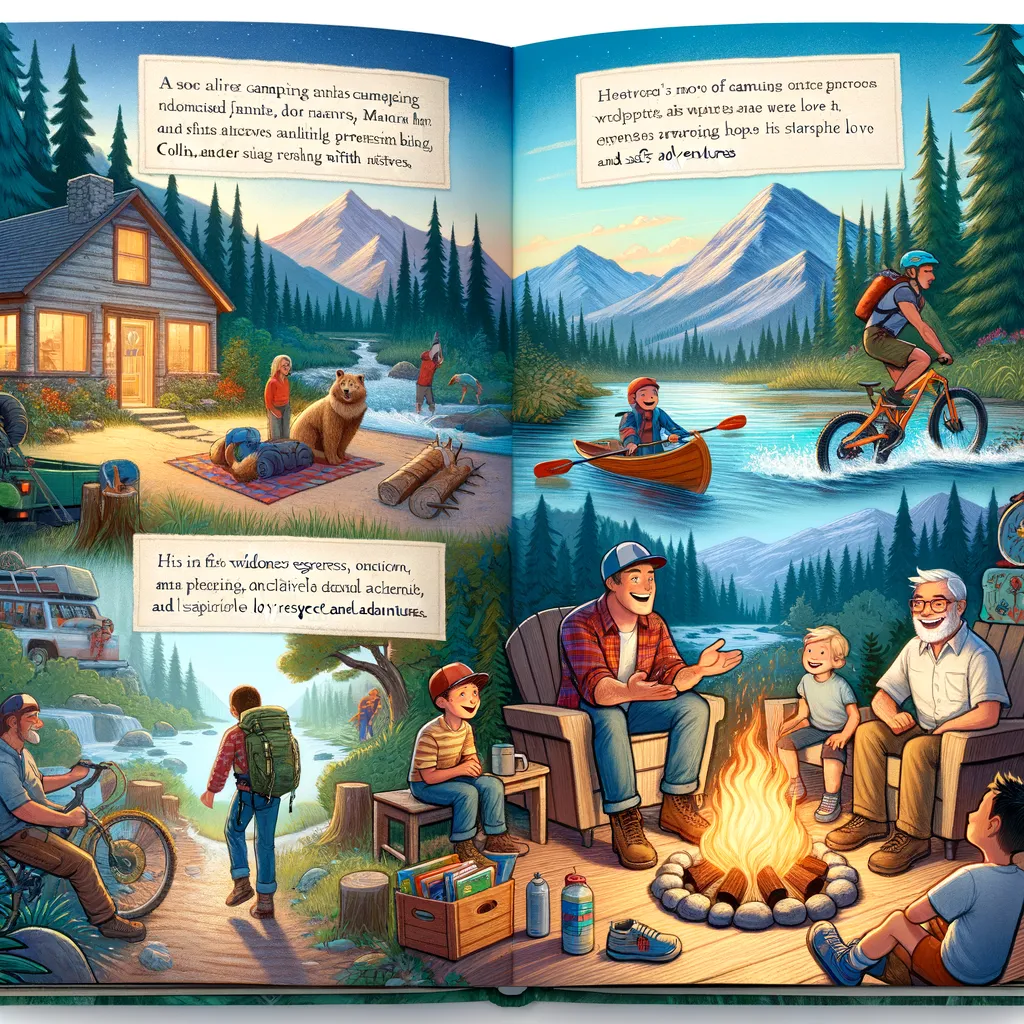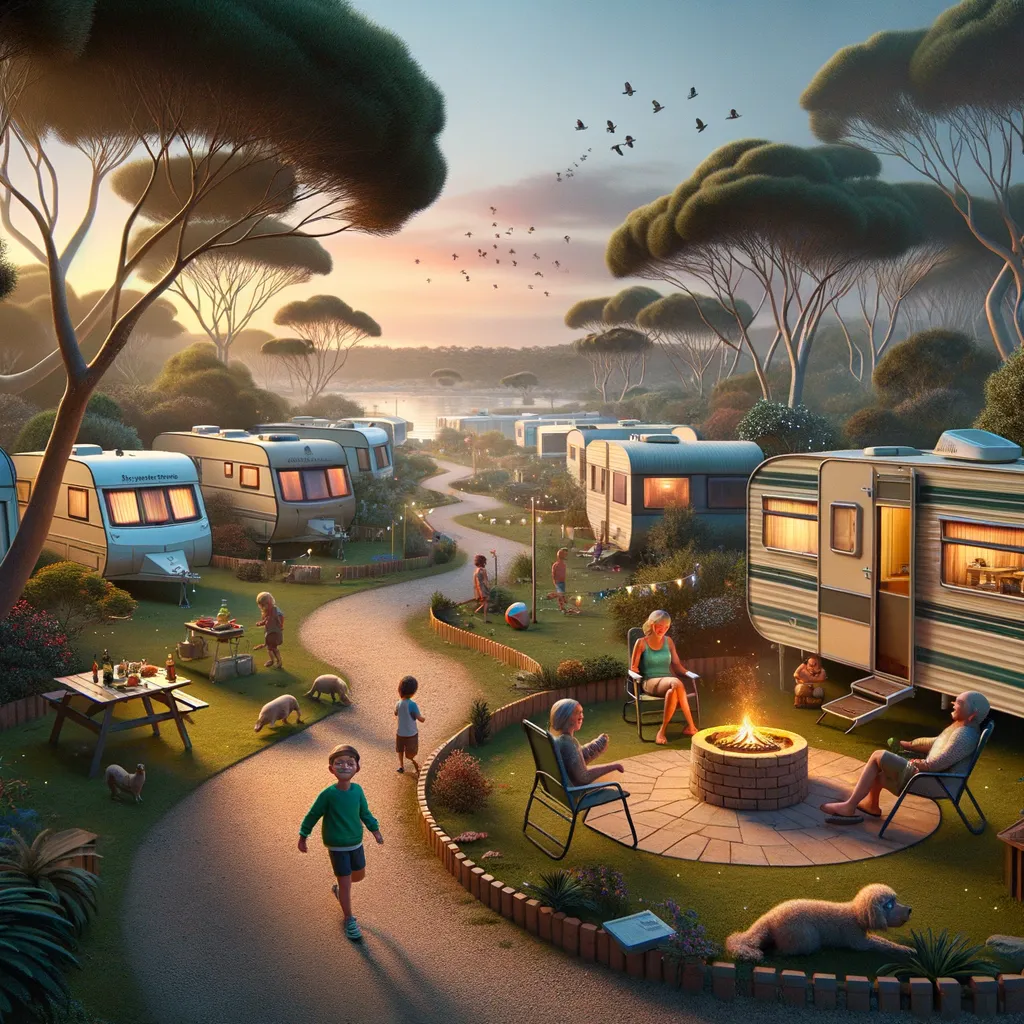Unlocking the Magic of Slow Travel with Your Family
Welcome, adventurous parents and little explorers! Ever feel like the world is whizzing by too fast, especially when you travel? You’re not alone. In today’s fast-paced environment, the essence of truly experiencing new places often gets lost in the rush to see it all. But what if we told you there’s a different way, a slower path that transforms travel from mere sightseeing into an enriching journey for the whole family? Enter the world of slow travel, a glorious approach to travel that emphasizes connections, experiences, and immersion. Ready to dive in? Let’s rediscover the art of the journey, one cherished moment at a time.
What is Slow Travel?
Slow travel is more than just a buzzword; it’s a philosophy. It beckons us to reduce the speed of our travel in order to deepen our understanding and appreciation of the places we visit. This means spending more time in each destination, engaging with the local culture, savoring regional foods, and creating space for spontaneous adventures. For families, slow travel offers an unparalleled opportunity to bond, teach valuable life lessons, and collect memories rather than souvenirs.
Why Choose Slow Travel for Your Family?
The benefits of slow travel extend far beyond the photo album. Here are just a few reasons why this approach can transform your family trips:
- Deeper Cultural Immersion: Spending more time in one place allows you and your children to move beyond the surface and really get to know the local way of life.
- Stress Reduction: Without the need to hurry from one attraction to the next, you’ll find travel to be more relaxing and enjoyable for everyone.
- Environmental Impact: Slow travel often involves fewer flights and more sustainable modes of transport, making it a greener choice for eco-conscious families.
- Personal Growth: It encourages adaptability, patience, and open-mindedness—not just for kids but for adults, too.
- Quality Time: In our busy lives, dedicated time together is a rare treasure. Slow travel creates ample opportunities for family bonding.
How to Embrace Slow Travel with Your Family
Adopting a slow travel mindset doesn’t mean you need to forgo seeing landmark attractions or exploring new territories. It’s about the pace and depth of your explorations. Here are some practical tips to get started:
- Quality Over Quantity: Choose fewer destinations and spend more time in each. This allows you to explore each area more thoroughly and discover hidden gems.
- Involve Everyone in Planning: Get the whole family engaged in the trip planning process. This ensures that each member’s interests are represented, making the adventure more meaningful to everyone.
- Opt for Slow Modes of Transportation: Whenever possible, use trains, bikes, or even walking tours to get from place to place. These methods offer more interaction with the environment and the local community.
- Stay in Local Accommodations: Choose homestays, B&Bs, or vacation rentals in neighborhoods to get a feel for local life. These types of accommodations often provide deeper insights into the destination.
- Embrace Downtime: It’s important to keep unscheduled time in your travel itinerary. This allows for rest and spontaneous adventures that you might otherwise miss.
Slow travel is about fostering an environment where every member of the family can immerse in the journey, learn, and grow together. It’s a gentle invitation to slow down and savor the world around us, making travel a richer, more meaningful experience.
Stick around as we dive deeper into each aspect of slow travel, offering you practical advice, destination ideas, and real-life family travel insights to inspire your next adventure. Remember, it’s not just the destination that matters, but the journey itself.

5 Crucial Insights for Parents About Slow Travel with Children
Embarking on a journey of slow travel with your family is akin to opening a treasure chest of endless discoveries, wonder, and bonding opportunities. However, stepping off the conventional path of seeing as many places as quickly as possible to embrace the essence of slow travel requires thoughtful preparation and a shift in mindset. For families ready to take this transformative leap, here are five indispensable tips to ensure your slow travel experience is as enriching and smooth as possible.
1. Flexibility Is Your New Best Friend
One of the cornerstones of slow travel is flexibility. Unlike traditional travel, where itineraries are packed to the brim, slow travel thrives on open schedules and the freedom to explore. For parents, this means letting go of the need to control every aspect of the trip and instead, embracing spontaneity. Whether it’s deciding to stay an extra day in a location that has captured your family’s heart or choosing to veer off the planned route to follow a local festival, flexibility allows your family to make discoveries that enrich your trip beyond measure.
2. Engage in Local Life
To truly embrace slow travel, it’s crucial to engage with the local community and culture deeply. This engagement can take many forms, from participating in local events and festivals to shopping in local markets and eating at restaurants favored by residents. For parents, this provides a golden opportunity to teach children about diversity, inclusivity, and the beauty of different cultures. It also allows families to make genuine connections that can last a lifetime, turning an ordinary holiday into an extraordinary journey of discovery.
3. Embrace Educational Opportunities
Slow travel is a magnificent platform for experiential learning. Every destination offers unique lessons in history, geography, language, and science. Parents can maximize this opportunity by seeking out interactive experiences that are both fun and educational. Museums, historical sites, language classes, and nature walks can all be part of your travel itinerary. Involve your children in the planning process, allowing them to choose activities that interest them. This approach not only enriches your children’s education but also ignites a passion for lifelong learning and exploration.
4. Sustainability Matters
Slow travel is inherently linked with sustainability, encouraging travelers to minimize their carbon footprint and respect the environments they explore. For families, this is an excellent chance to practice and teach eco-friendly habits, such as using public transport, biking, recycling, and supporting local economies. It’s about showing children the importance of protecting our planet, making sustainable choices, and understanding the impact of their actions. These lessons in sustainability carry forward into daily life, long after the vacation ends.
5. Document the Journey, not Just the Destination
In the age of digital media, it’s easy to focus on capturing perfect snapshots at famous landmarks. However, slow travel invites families to document the journey itself—every laugh, unexpected detour, and moment of awe. Encourage your children to keep a travel journal or scrapbook. Not only does this practice hone their observation and writing skills, but it also creates a treasure trove of memories that your family will cherish for years to come. In doing so, parents and children alike learn that the value of travel lies not in the number of places visited, but in the depth of experiences shared and remembered together.
As families around the globe embrace the art of slow travel, the movement grows, reminding us all that travel is not about the quantity of stamps in your passport but the quality of memories with loved ones. By preparing with these five insights, your family is ready to embark on a journey that transcends ordinary travel, transforming each step into an opportunity for discovery, learning, and connection. Remember, in the world of slow travel, every moment is a gift waiting to be unwrapped.
For more tips on Camping. Camping info
Disclaimer
The articles available via our website provide general information only and we strongly urge readers to exercise caution and conduct their own thorough research and fact-checking. The information presented should not be taken as absolute truth, and, to the maximum extent permitted by law, we will not be held liable for any inaccuracies or errors in the content. It is essential for individuals to independently verify and validate the information before making any decisions or taking any actions based on the articles.




